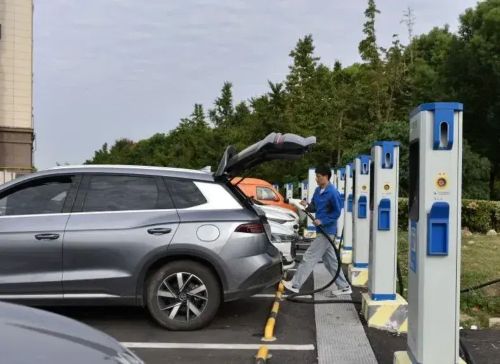


Commercial DC Fast Chargers: Driving the Future of Rapid EV Charging
As electric vehicles (EVs) gain traction worldwide, the demand for faster and more convenient charging solutions grows. DC Fast Chargers (DCFCs) have become a vital part of this evolving landscape, enabling rapid recharging and making EVs practical for longer trips and busy urban life.
EV batteries store energy as direct current (DC), but most power grids supply alternating current (AC). Regular Level 1 and Level 2 chargers provide AC power, which the EV’s onboard charger converts to DC—a process that takes time. DC Fast Chargers bypass this step by delivering DC power directly to the battery, dramatically cutting charging times.
A DC Fast Charger is a high-power station capable of charging an EV’s battery to about 80% in 20 to 45 minutes. These chargers, often found along highways, urban corridors, and commercial fleet depots, enable quick turnaround times for drivers on the go.
Charging speeds vary by power output, measured in kilowatts (kW):
Level 1 chargers: 1.2–1.8 kW
Level 2 chargers: up to 19.2 kW
DC Fast Chargers: 50 kW up to 350 kW or more
For example, a 50 kW DCFC can add about 100 miles of range in 30 minutes, while a 350 kW charger can do so in under 10 minutes—if the vehicle supports such rates.
DCFCs are strategically placed in locations where quick charging is essential:
Highway rest stops for long-distance travelers
Urban centers to keep ride-share and delivery vehicles running
Retail and hospitality venues to attract customers
Fleet operations to minimize downtime
Time Savings: Charge quickly and get back on the road, making EVs practical for all lifestyles.
Travel Freedom: Alleviate “range anxiety” with fast pit stops during long trips.
Business Opportunities: Increase customer visits and dwell times at charging locations.
Future-Ready: Prepare for next-gen EVs with higher charging capabilities.
Rapid charging can generate heat, which affects battery health over time. However, modern EVs have advanced battery management systems that carefully regulate charging to prevent damage. To maximize battery life:
Use DCFCs primarily when needed (e.g., trips).
Avoid frequent 100% charges.
Let batteries cool between multiple fast charges.
High Costs: Installation and grid upgrades can be expensive.
Site Selection: Requires access to high electrical capacity and convenient locations.
Compatibility: Chargers must support multiple connectors like CCS, CHAdeMO, and Tesla.
The DCFC market is evolving quickly:
Ultra-fast chargers exceeding 350 kW are becoming common.
Battery-integrated chargers reduce grid impact.
Smart load management optimizes energy use and costs.
Contactless and plug-and-charge payment systems improve user experience.
Renewable energy integration helps reduce emissions.
DC Fast Chargers are revolutionizing EV ownership by cutting charging times, expanding travel possibilities, and opening new business opportunities. For drivers, they offer convenience and freedom; for businesses and communities, they represent a step toward a cleaner, more sustainable future.
By embracing DC Fast Charging technology, we are driving the transition to a greener, more efficient transportation ecosystem—one fast charge at a time.Know more about Google SEO Directory
